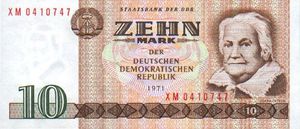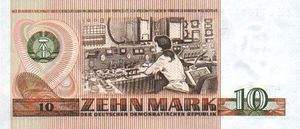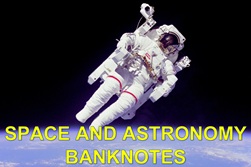Germany (East / GDR)

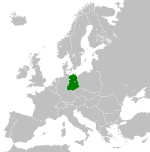 The German Democratic Republic, informally known in English as East Germany, was a state within the Eastern Bloc during the Cold War period. From 1949 to 1990, it administered the region of Germany which was occupied by Soviet forces at the end of the Second World War—the Soviet Occupation Zone of the Potsdam Agreement, bounded on the east by the Oder-Neisse line. The Soviet zone surrounded West Berlin, but did not include it; as a result, West Berlin remained outside the control of the GDR. After failures to negotiate the terms for peaceful reunification of the country, the Democratic Republic was established in the Soviet Zone, while the Federal Republic was established in the three western zones. The East was often described as a satellite state of the Soviet Union. Soviet occupation authorities began transferring administrative responsibility to German communist leaders in 1948, and the GDR began to function as a state on 7 October 1949. Soviet forces however remained in the country throughout the Cold War to counter the heavy US military presence in the West. The Stasi security force was established to defend the state against political subversion and was helped by the Soviet Army to suppress an anti-Stalinist uprising in 1953. Until 1989, the GDR was governed by the Socialist Unity Party (SED) with other parties functioning in its alliance organisation, the National Front of Democratic Germany. The economy was centrally planned, and predominantly state owned. Its population declined from more than 18 million in 1950 to 16 million in 1990. A subsidy system was used to keep down the prices of a large range of basic goods and services. Although the GDR had to pay substantial war reparations to the USSR, it became the richest economy in the Eastern Bloc. Nonetheless it did not match the economic growth of West Germany. Emigration to the West was a significant problem — as many of the emigrants were young well-educated people, it further weakened the state economically. The government tried to stop people leaving by fortifying its western borders and in 1961 by establishing the Berlin Wall. Several hundred people were killed by border guards. In 1989, a peaceful revolution in the GDR led to the destruction of the Berlin Wall and emergence of a government committed to liberalization. The following year, free elections were held, and international negotiations led to the signing of the Final Settlement treaty on the status and borders of Germany. The GDR was dissolved and Germany was reunited on 3 October 1990.
The German Democratic Republic, informally known in English as East Germany, was a state within the Eastern Bloc during the Cold War period. From 1949 to 1990, it administered the region of Germany which was occupied by Soviet forces at the end of the Second World War—the Soviet Occupation Zone of the Potsdam Agreement, bounded on the east by the Oder-Neisse line. The Soviet zone surrounded West Berlin, but did not include it; as a result, West Berlin remained outside the control of the GDR. After failures to negotiate the terms for peaceful reunification of the country, the Democratic Republic was established in the Soviet Zone, while the Federal Republic was established in the three western zones. The East was often described as a satellite state of the Soviet Union. Soviet occupation authorities began transferring administrative responsibility to German communist leaders in 1948, and the GDR began to function as a state on 7 October 1949. Soviet forces however remained in the country throughout the Cold War to counter the heavy US military presence in the West. The Stasi security force was established to defend the state against political subversion and was helped by the Soviet Army to suppress an anti-Stalinist uprising in 1953. Until 1989, the GDR was governed by the Socialist Unity Party (SED) with other parties functioning in its alliance organisation, the National Front of Democratic Germany. The economy was centrally planned, and predominantly state owned. Its population declined from more than 18 million in 1950 to 16 million in 1990. A subsidy system was used to keep down the prices of a large range of basic goods and services. Although the GDR had to pay substantial war reparations to the USSR, it became the richest economy in the Eastern Bloc. Nonetheless it did not match the economic growth of West Germany. Emigration to the West was a significant problem — as many of the emigrants were young well-educated people, it further weakened the state economically. The government tried to stop people leaving by fortifying its western borders and in 1961 by establishing the Berlin Wall. Several hundred people were killed by border guards. In 1989, a peaceful revolution in the GDR led to the destruction of the Berlin Wall and emergence of a government committed to liberalization. The following year, free elections were held, and international negotiations led to the signing of the Final Settlement treaty on the status and borders of Germany. The GDR was dissolved and Germany was reunited on 3 October 1990.
5 Mark - P27a
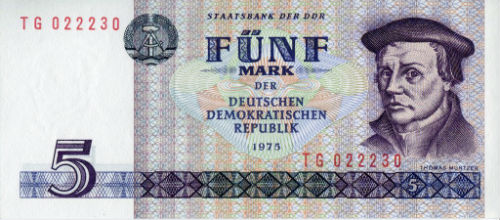
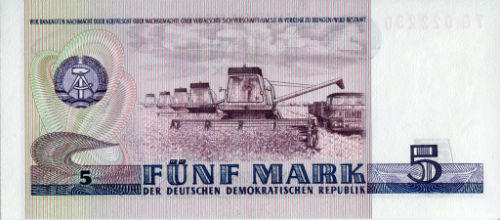
10 Mark - P28b
